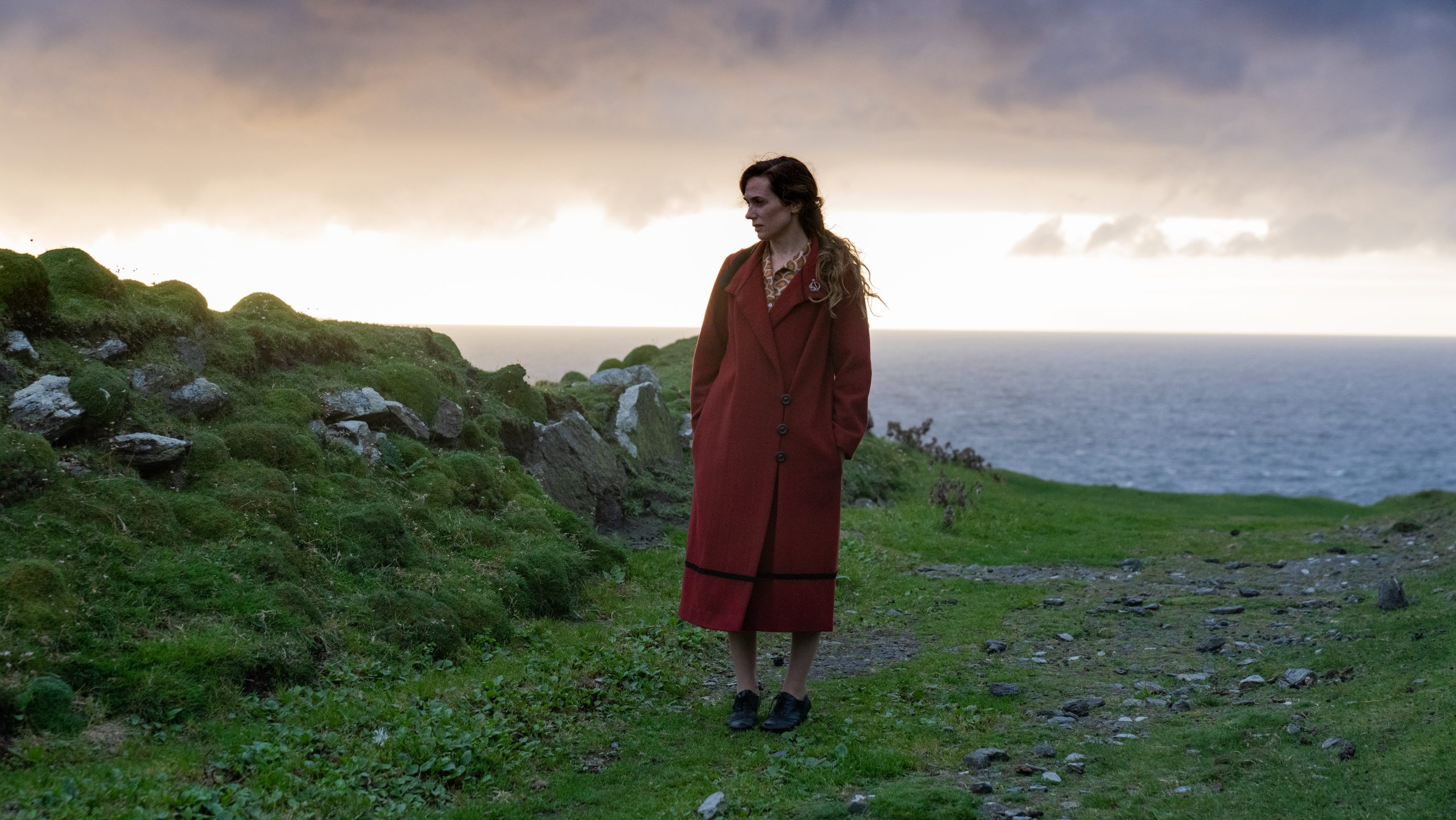The past few years have drastically altered our way of life with self-isolation and social distancing, so it’s no surprise that film has moved to reflect this change. The Banshees of Inisherin (2022) and Enys Men (2022) are prime examples of this, especially in how the setting is used to convey and distort the isolated character through a post-Covid perspective.
Both include themes of vast environments, disruptions of reality and a close acquaintance with the natural world – so it’s interesting to view this ‘trend’ of film-making via two vastly individual, but often overlapping films.
Banshees and Enys Men see characters in isolated environments and communities. Against the backdrop of a boundless expanse, both films entertain a slow, surreal atmosphere, confining the viewer to a desolate climate with few escapes from daily monotony. Tension arises when the characters are finally enclosed indoors, trapped with emotions they have previously ignored.
Quick wit in McDonagh’s screenplay provides a distraction from cutting dialogue, revealing the contained emotions of people who feel finite in an infinite land. Places of comfort merge with the abyss outside, the pub and homes of Inisherin become internal battlegrounds to grapple with the fear of being left behind by the great vista of history.
The insistence of Pádraic (Colin Farrell) on letting his donkey live inside with him consolidates his fear of being left alone. Having his best friend disconnect from him and his sister able to move on suggests his outside is gradually creeping inside. The film insists there has to be a significant risk and sacrifice to try and escape this feeling, and whether Pádraic is unable to make this decision or he is content accepting his current life, is a question left up to the viewer.
Banshees appears more ‘grounded’ in reality than Enys Men, with the titular ‘banshees’ not appearing once in the film (unless you include the mysterious and prophetic Mrs McCormick into this category…). Their story occurs against the backdrop of the very real Irish Civil War of 1923. This decision highlights the perceived ‘pointlessness’ of the realities we fight for, whether that’s war or personal disputes.
Enys Men takes a more mythological approach to its story-telling, often borrowing from the spoken tales of Cornish folk-lore. Its ghostly figures appear throughout, with little explanation or warning. However, these figures all represent something about Cornwall’s past; the trauma of a lifeboat disaster or its deeply entrenched mining history. This is because Enys Men is built around the belief that the landscape retains memories, and ghosts are reflective of those memories being played out.
Although it is unclear who these figures are in relation to the volunteer (Mary Woodvine), it is clear that the isolation of Enys Men creates the right narrative conditions for chaos. The surreal aspects of the outside are distinctly different to the inside until the flower is given a predominant place in the home. Her reluctance to accept the struggle of being left alone, results in a complete dissolution of boundaries. Hence, she unintentionally allows the literal and figurative figures to move free of confinement and resistance. The flower is Jenkins’ donkey, an emotional red-herring for her perpetual seclusion.
There’s this tension then, between the tumultuous outside reality of both films and the internal paranoia this creates. Enys Men takes this paranoia seriously and with destructive results, while Banshees plays off of it for dark, but comedic purposes. Perhaps the differences in these films are representative of how different people deal with isolation, and how this isolation has the ability to either nurture or disturb the individual.
If these films appeal to you, or if you’re looking for something thematically similar; we recommend watching:
Godland (2022)
Petite Maman (2021)
Nomadland (2019)
The Lighthouse (2019)
Blade Runner, 2049 (2017)
